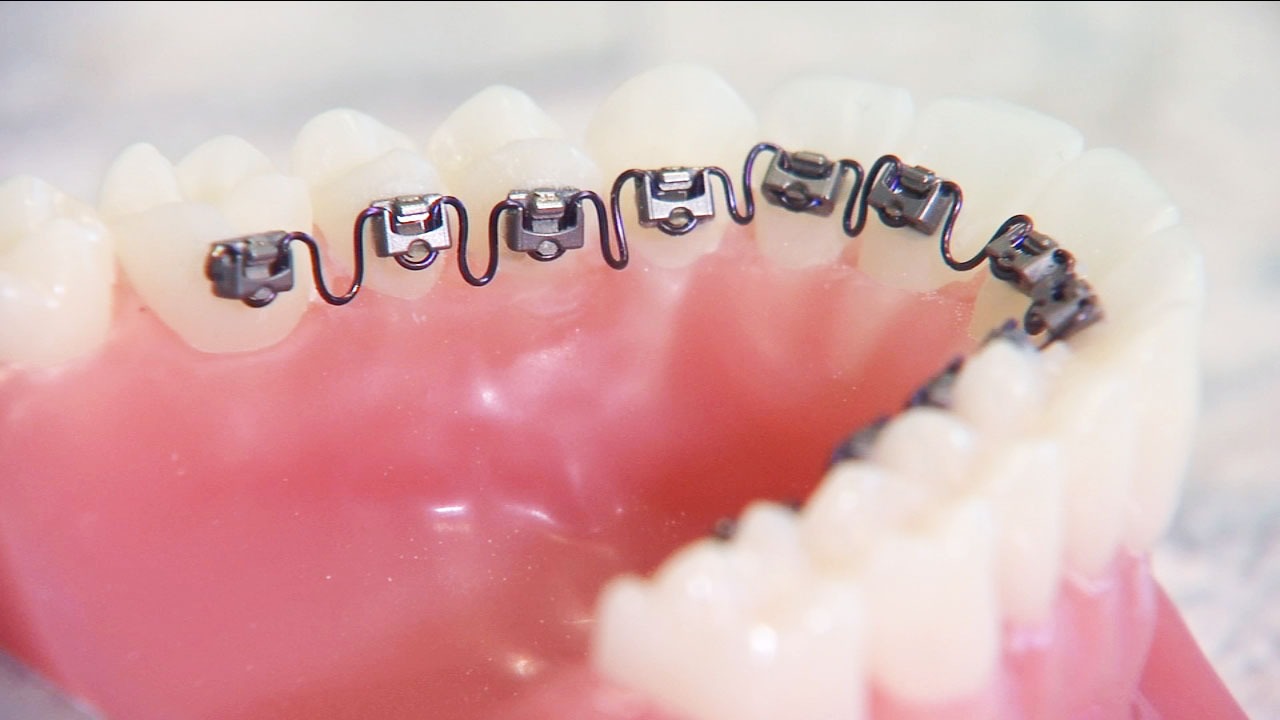In the past, orthodontic treatment was predominantly associated with teenagers. However, the landscape has shifted significantly, with more adults in their 40s choosing to get braces. This trend is driven by various factors, including advancements in orthodontic technology, increased awareness of oral health, and a desire for an improved smile. But what exactly motivates adults to take this step later in life? Let’s dive into the reasons, benefits, and considerations of getting braces in your 40s.
The Changing Perception of Orthodontics
Orthodontics is No Longer Just for Teens
Decades ago, braces were a rite of passage for many teenagers. Today, they are increasingly seen as a viable option for adults, including those in their 40s. This change in perception is partly due to:
- Improved Orthodontic Options: Modern solutions like clear aligners and ceramic braces offer discreet alternatives to traditional metal braces.
- Better Awareness: People are now more informed about the long-term benefits of orthodontic treatment.
- Social Acceptance: Braces on adults have become normalized, reducing stigma.
Why Are People in Their 40s Getting Braces?
Adults often pursue braces for reasons beyond aesthetics. Some of the most common motivations include:
- Fixing Long-Standing Issues: Many adults seek to correct bite problems or misaligned teeth that were not addressed earlier.
- Health Benefits: Proper alignment can reduce the risk of gum disease, tooth decay, and jaw pain.
- Improving Confidence: A straight smile can boost self-esteem in both personal and professional settings.
The Role of Advancements in Orthodontics
Discreet Options for Adults
One of the significant barriers for adults considering braces has been their visibility. Fortunately, newer technologies have addressed this concern:
- Clear Aligners: Brands like Invisalign offer nearly invisible aligners that are removable and easy to maintain.
- Ceramic Braces: These are similar to traditional braces but blend in better with natural teeth.
- Lingual Braces: Placed behind the teeth, these braces are hidden from view.
Shorter Treatment Times
Advances in orthodontic techniques have also shortened the duration of treatment for many patients. While the exact timeline depends on individual cases, some adults can achieve their desired results in as little as six months to two years.
Is 40 Too Late for Braces?
What Is the Best Age for Teeth Braces?
The question “what is the best age for teeth braces?” is commonly asked by those considering orthodontic treatment. While childhood and teenage years are ideal for braces because the jaw and teeth are still developing, it is never too late to seek treatment. Adults in their 40s can benefit just as much as younger individuals, provided their teeth and gums are healthy.
Factors to Consider at 40
- Bone Density: Adults may have reduced bone density, which can slightly extend treatment time.
- Gum Health: Healthy gums are crucial for successful orthodontic treatment.
- Commitment: Braces require regular check-ups and maintenance, which can be more challenging for busy professionals.
Benefits of Getting Braces in Your 40s
Health Benefits
- Improved Oral Hygiene: Straight teeth are easier to clean, reducing the risk of cavities and gum disease.
- Better Digestion: Correcting bite issues can improve chewing efficiency, aiding digestion.
- Alleviation of Pain: Proper alignment can relieve chronic jaw or facial pain caused by misaligned teeth.
Aesthetic Benefits
- A Brighter Smile: A straightened smile can enhance your appearance and boost confidence.
- Professional Edge: Many adults feel that a confident smile improves their workplace interactions and career prospects.
Psychological Benefits
- Increased Confidence: Achieving a smile you’re proud of can positively impact your mental well-being.
- Sense of Accomplishment: Addressing a long-standing issue can be deeply satisfying.
The Orthodontic Process for Adults
Initial Consultation
Your journey begins with a consultation where the orthodontist evaluates your dental health, discusses treatment options, and provides a customized plan.
Treatment Options
Depending on your needs, the orthodontist may recommend:
- Traditional braces
- Clear aligners
- Ceramic or lingual braces
Maintenance and Adjustments
Adults in their 40s often appreciate the flexibility of modern orthodontic care, which requires fewer in-office visits compared to traditional methods.
Post-Treatment Care and Maintenance
Retainers
After completing treatment, retainers are crucial to maintaining the results. Options include removable and permanent retainers.
Regular Dental Check-Ups
Maintaining regular dental appointments ensures your teeth and gums remain healthy post-treatment.
Lifestyle Adjustments
Avoid habits like chewing on ice or using teeth as tools to preserve your results.
Common Questions and Concerns
Does It Hurt to Get Braces in Your 40s?
While some discomfort is normal during adjustments, modern techniques and materials have minimized pain compared to older methods.
How Much Does It Cost?
Costs vary based on the type of braces and duration of treatment. Many orthodontists offer payment plans to make treatment more affordable.
Can I Still Eat My Favorite Foods?
You may need to avoid hard or sticky foods during treatment, but modern braces are designed to accommodate a wide variety of diets.
Final Thoughts
Getting braces in your 40s is no longer an unusual choice. With advancements in orthodontic technology and a better understanding of oral health benefits, more adults are prioritizing their smiles. If you’ve been wondering, “what is the best age for teeth braces?” the answer is simple: any age where you’re ready to invest in your dental health and confidence. Whether you’re fixing long-standing issues or simply seeking a confidence boost, it’s never too late to achieve the smile you’ve always wanted.



